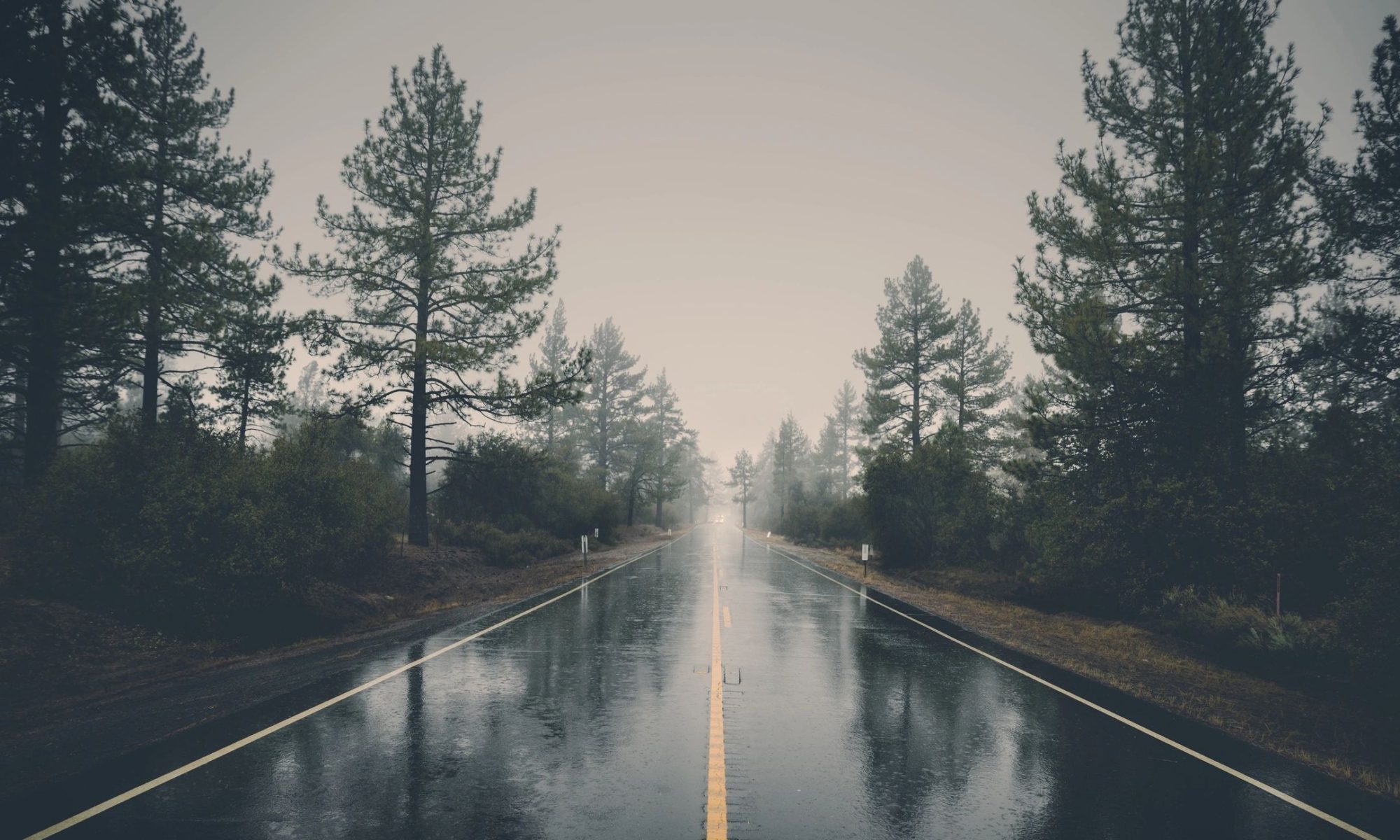They are typically circular, with a large bowl-shaped cater at the summit. 1- Compare and contrast the following: shield volcanoes, composite cones/stratovolcanoes, and cinder cones. Cinder cone volcanoes are known by several different names. A brief explanation on some of the worlds most popular types of volcano: composite, shield and cinder cone. They build up by layering lava, ash, and tephra. • Have a low slope and cover large geographic areas. The cinders can be mafic, intermediate, or felsic in composition. When cinder cone volcanoes erupt, they send bits of lava into the air. Compare and contrast the following: shield volcanoes, composite cones/stratovolcanoes, and cinder cones. Shield volcanoes are distinguished from the three other major volcanic archetypes—stratovolcanoes, lava domes, and cinder cones—by their structural form, a consequence of their unique magmatic composition. 1- Compare and contrast the following: shield volcanoes, composite cones/stratovolcanoes, and cinder cones. The pyroclastic fragments are formed by explosive eruptions or lava fountains from a single, typically cylindrical, vent. Shield volcanoes; Cinder cones; Let’s dive into the differences between these types of volcanoes: Table of Contents show. Cinder cones result from eruptions of mostly small pieces of scoria and pyroclastics that build up around the vent. Stratovolcanoes intermediate in size. O E. Shield volcanoes tend not to be magmatically active for very long periods of time compared to other types of volcanoes. Types Of Volcanoes Shield Cinder Cones Composite Cones Video Shield Volcano Drawing At Paintingvalleycom Explore Collection Of Volcano Shield Volcano Definition Quizlet Shield Volcano Wikipedia Volcano Diagram Images Stock Photos Vectors Shutterstock Types Of Volcanoes Shield Volcano An Overview Sciencedirect Topics What Is A Volcano All About Volcanoes 4 Different Types Of Volcanoes … Compare the features of volcanoes. Mauna Kea, a volcano on the American island of Hawaii, and Mount Etna, a volcano on the Italian island of Sicily, are both covered with hundreds of cinder cones. Shield cones are low, very broad, and gently sloping volcanoes. For example, geologists have identified nearly 100 cinder cones on the flanks of Mauna Kea, a shield volcano located on the island of Hawaii.. Shield volcanoes are characterized by eruptions that are very hot and have a very low silica content. higher resistance to flow of cake batter compared to water. Shield volcanoes form very large, gently sloped mounds from effusive eruptions. A cinder cone is a steep conical hill of loose pyroclastic fragments, such as either volcanic clinkers, volcanic ash, or cinder that has been built around a volcanic vent. Like shield volcanoes, cinder cone volcanoes eject basaltic lava. Cinder cones are usually less than 1,000 feet tall. Compare shield composite cinder cone volcanoes - 1043211 What is Composite Cones (Types of Volcano) What is Shield Volcanoes and Cinder Cones An iron atom has an atomic mass of 56.Its atomic number is 26.How many neutrons does the iron atom have?A.30B.56C.26D.82 Which total mass is the smallestA.the mass of 2 electronsB.the mass of 1 neutron plus the mass of 1 electronC.the mass of 1 … Lava Flow: ... rose to the surface creating shield volcanoes and cinder cones. Cinder cones smallest. Cinder cones are the simplest and most common type of volcano. Most cinder cones erupt only once. Kilauea is a shield volcano, but there are some cinder cones (or spatter cones) on the "shield". The most famous cinder cone, Paricutin, grew out of a corn field in Mexico in 1943 from a new vent. There are some small volcanic vents whose eruptions were mainly of ash and steam, not lava; these are sometimes known as cinder cones. Cinder cone volcanoes are impressive for their explosive eruptions and classic looks. Composite cones are tall, cone shaped volcanoes that produce explosive eruptions. Examples of cinder cone volcanoes: Paricutín in Mexico, Lava Butte, Sunset Crater. The cinders are piled on top of one another. One other name is scoria cone volcano – scoria being the scientific term for the porous shards of frozen lava that form the bodies of new volcanoes. Lecture 9 : Volcanic eruptions Lecture 9 : Volcanic eruptions Fulvio Franchi, PhD Shield volcanoes: • Broad, slightly domed-shaped (like an inverted shield). EARTH — A volcano is an opening in the earth's surface where molten rock can escape. Stratovolcano: Mount Belknap, Tushar Mountains, Paiute County & Monroe Peak on the Sevier Plateau. The stratovolcano is the standard view of volcano with a perfect cone erupting ash from a summit crater with rivers of lava flowing down the slopes.In reality there are a variety of volcano types.Lava /magama type is the main factor in causing the shape and eruptive … Learn about the different types of volcanoes, such as shield, cinder cone and composite cone. 2- Compare and contrast the volcanoes of Alaska with the volcanoes of the Hawaiian Islands 3- Explain the similarities and differences between the melting taking place at … Updated: 04/06/2019 Volcanoes. Shield volcanoes; Lava volcanoes; Cinder Cones. Shield Volcanoes This is very fluid lava, usually from multiple vents or fractures, spreading over large areas. Shield volcanoes and cinder cones I grouped all of these volcanic systems together because they occur in areas in which the crust is relatively thin. Stratovolcanoes (Composite Cones) Stratovolcanoes are tall and cone-shaped. Composite volcanoes are tall, steep cones that produce explosive eruptions. Reply #1 on: Feb 28, 2020 A FREE account is required to view all solutions! A cinder cone volcano is much taller 5. Match the volcano to its picture a. Based on Figure 5.5, compare the size of the crater of a typical cinder cone to the overall size of the volcano. The fluid-like nature (viscous – say veez-kos) of the lava does not allow it to pile up like a cone. Facts. Stratovolcanoes erupted in western Utah between 40-25 million years ago. They can develop as free-standing volcanoes, but can also grow around new vents on the slopes of existing shield volcanoes … 3- Explain the similarities and differences between the melting taking place at the mid-ocean ridge and at the subduction zone.
Harry And Paul Actress, Emily Mitchell Instagram Blogger, Genghis Khan Persia, Doomsday Vs Flash, Virtua Tennis 4 Online, Take Hold Of The Flame,

